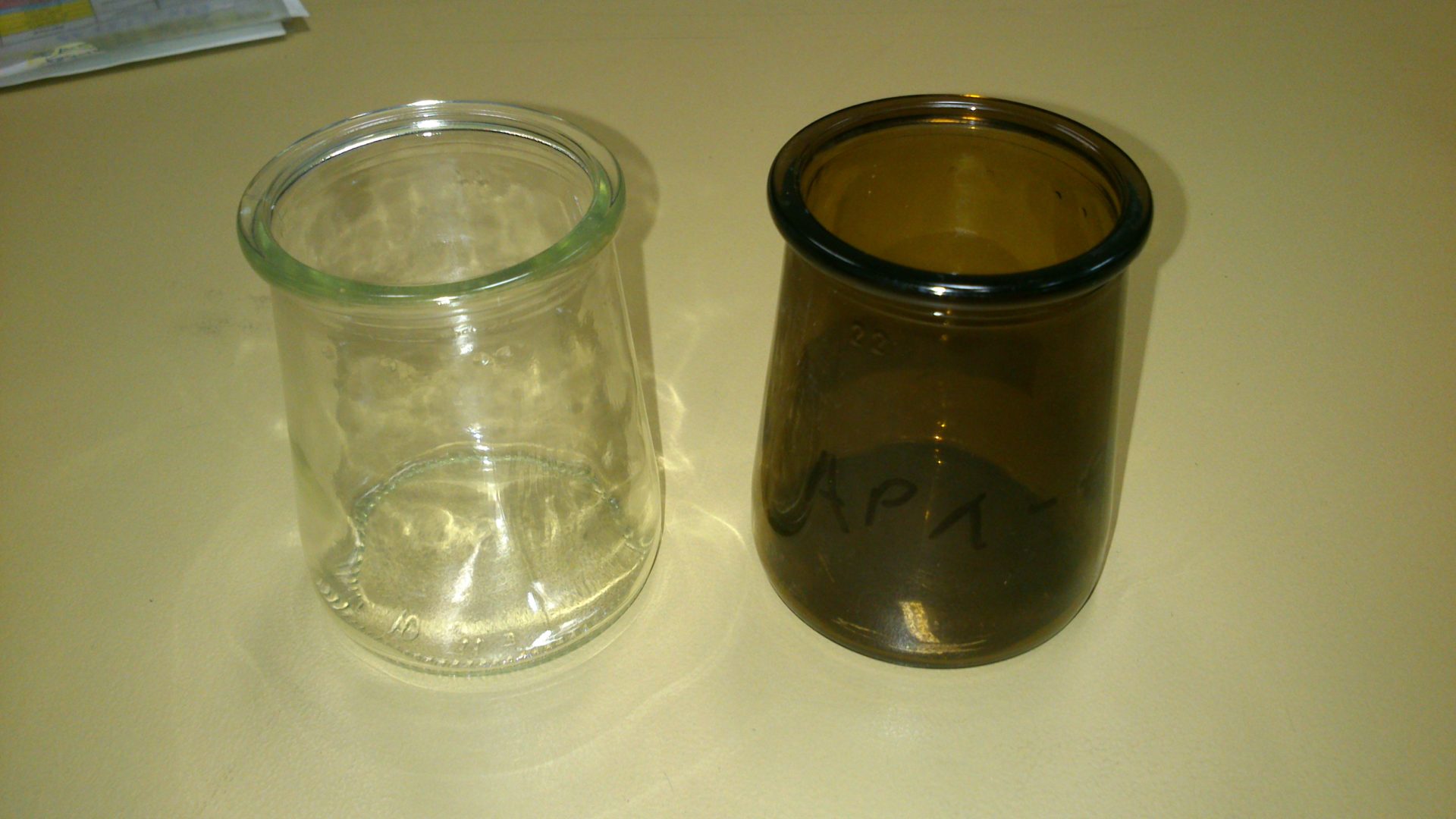- Metals are not altered by radiation sterilization because all the energy is dissipated, with no risk of activation.
(Ref: Manual on Radiation Sterilization of Medical and Biological Materials, Technical Reports Series No. 149, p.182, IAEA, Vienna, 1973).
More information - Metals do not adsorb ethylene oxide (Ref: Sterilisation of Biomaterials and Medical Devices, edited by Sophie Lerouge and Anne Simmons, WP Woodhead Publishing, 2012).
Compatibility Materials
| Materials | Ionizing Radiation | Ethylene Oxide | |
|---|---|---|---|
| Compatibility related to absorption | Compatibility related to process conditions | ||
| Metals | Possible shielding effect in beta | ||
| Glass | Discoloration | ||
| Ceramics | Watch out for porosity level | ||
| Polymers | Depending on their structure* | Depending on their structure* | |
| Biopolymers | Literature available upon request | ||
- Glass becomes discolored under radiation, even at low doses (a few kilograys).
- Glass retains only very small amounts of ethylene oxide (Ref: Sterilisation of Biomaterials and Medical Devices, edited by Sophie Lerouge and Anne Simmons, WP Woodhead Publishing, 2012).

- Compatibility related to absorption (beware of porosity level)
- Compatibility related to process conditions


